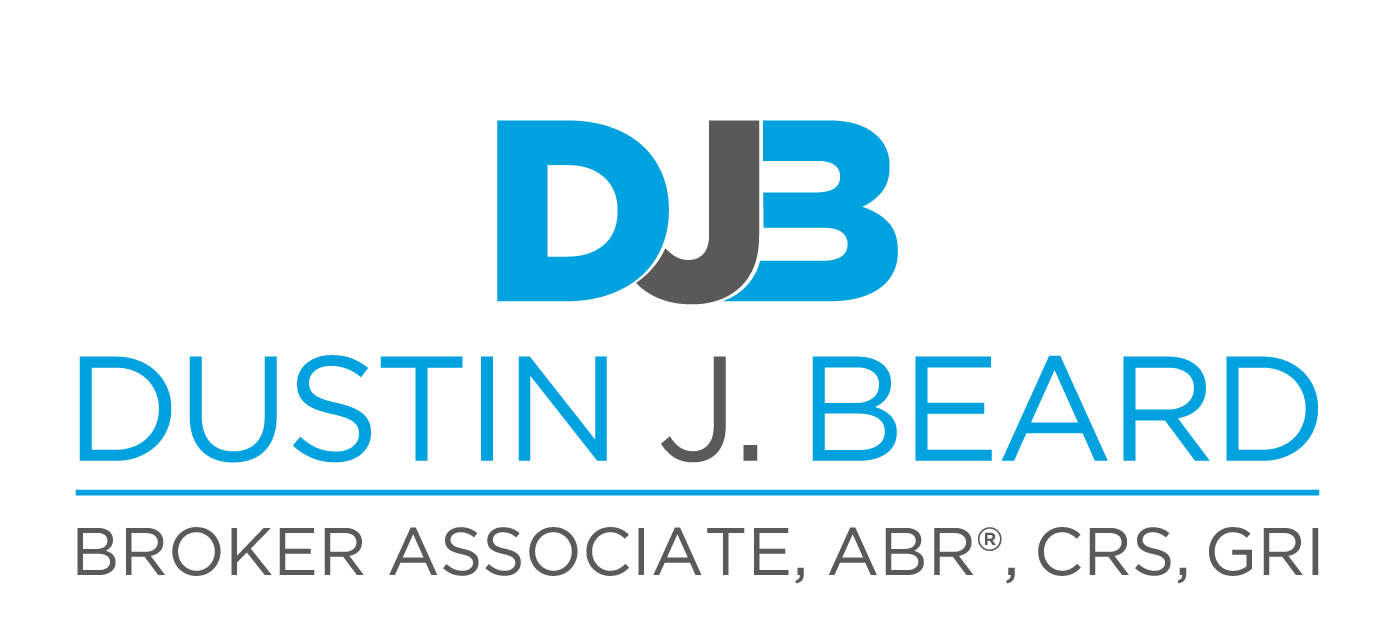Do you know what’s covered in your homeowner’s policy? Properly understanding what is covered requires the homeowner to ask a lot of questions and to read the fine print on his or her insurance policy. Though there are differences between policies, there are some things that almost all insurance policies will have in common.
What’s Covered?
Homeowners insurance typically covers a broad range of possible damages. You can expect that your actual dwelling is covered, as well as some other structures on your property, like a garage, fence, driveway or shed. However, if you run a business on your property that’s housed in a separate structure, this is generally not covered in the typical insurance policy.
Personal Property is typically accounted for in your policy as well. This is sometimes known as contents insurance. The amount of coverage for personal property may be limited on certain types of high-value items, like jewelry or artwork, unless additional coverage is purchased for these items.
Replacement Cost vs. Fair Market Value
Not all insurance policies offer homeowners the replacement cost of the property. Replacement cost helps to bridge the gap that can be caused by inflation. Otherwise, if a claim is made, it will be assessed at fair market value.
Car Broken in at Home
Most homeowner’s insurance policies generally include coverage for personal effects and separate structures on your property, such as a garage or a workshop, but what happens if your car is broken into while it’s on your property? Many home insurance policies will provide some insurance for personal items that are stolen from your car, but some of the more comprehensive auto insurance policies may cover this too. Insurance companies may also limit the coverage available through your policy, especially if the items stolen were purchased for use in the vehicle exclusively.
Natural Disaster Coverage
A wide range of natural disasters are typically covered by your homeowners’ insurance policy, though not all of them. However, the typical inclusions for natural disasters include fire, lightning, windstorm and hail. Here in Florida, a policy including wind mitigation and flooding is common (and required in coastal areas) to protect against hurricane high winds and water damage.
Personal Injury
Most homeowner’s insurance policies include coverage for injuries incurred by those on your property where you are liable. This could include something like someone slipping and falling on your front walk, or falling as a result of a broken step on your porch. This coverage is usually limited to a certain dollar value, so you definitely want to know how much coverage you have and exactly what’s included.
Deductible
You can decrease your insurance costs by increasing the amount of your deductible, meaning you’ll be required to pay more if you ever do have an incident that requires you to make a claim. Keep in mind that many mortgage providers require homeowners to carry a certain amount of insurance on their property with a deductible that’s below a specified limit.
The Bottom Line
It may not seem like particularly interesting reading material, but it’s a lot better to take the time to thoroughly read up on what your insurance policy covers, than to be stuck in a situation where you’re not sure when you really need it.
Source: Mintlife.com
